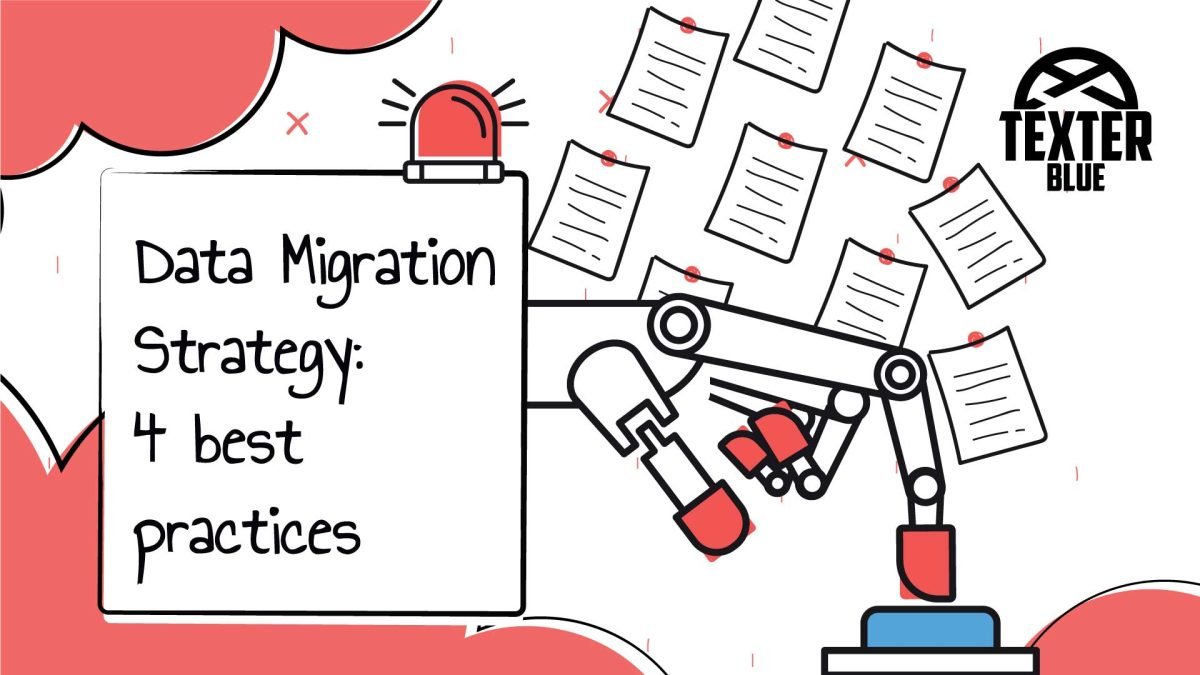There could be various reasons that you need to move datasets from one database to another. Your organization might be in the process of updating its systems, you may be transitioning to the cloud, or a multitude of other reasons.
While no database migration is without its challenges, employing the right approach and strategies can significantly streamline and simplify the process. Here, we present 4 best practices to ensure a successful database migration.
1) Take advantage of your data migration to improve your data process
Database migration is a chance to revamp and improve your data system. It’s like giving your database a renovation, creating a smoother and more efficient environment. This transition not only involves moving your data but also optimizing it for better future operations and decision-making.
Understanding your current database is the starting point. Identify where your data comes from and where it goes. Using automated tools helps map out this data flow effectively.
Once you know your database well, craft a better plan. Get rid of unnecessary data and simplify any complicated processes. This is an opportunity to make your data pipelines more efficient.
2) Create a database migration map
Just like a map helps you navigate from your current position to your desired destination, a data migration map guides your data from its original source to its intended target. Whether you’re transitioning from one database system to another, it’s crucial to have a clear map that outlines:
- The structure of your source data and where it’s heading.
- The steps needed to transform the source structure to align with the target.
This data map serves as your roadmap, ensuring a smooth integration of your data into its new environment.
3) Choose the right service for your database migration
Start by defining your specific database migration situation and then research which tools are best suited for the job.
If you’re moving to a well-known platform, they often provide their own migration services.
If your target database isn’t on a major platform, a bit more research might be needed. Ask questions like whether the source and target database technologies are the same, what their models are, and how they relate in terms of quantity.
Consider downtime as well. The less time available, the more processes will need to be handled simultaneously. Since the migration service plays a critical role, make sure you choose one that’s well-suited for your specific situation.
Additionally, having a tool that provides a broad view of your data flow during migration is incredibly useful. It allows you to track where your data is coming from and who needs to be updated about the changes, giving you a clear picture of the migration’s progress and its impact on your data assets.
4) Finalize Your Migration Plan
Similar to real-world moves, the success of a migration largely depends on how it concludes. Wrapping up a database migration can be tricky.
If your business can’t afford significant downtime, there may still be data changes in the source system. These need to be migrated to the new database, essentially ‘draining’ the source.
Careful planning is essential for the timing and process of the final switchover. Things to consider include:
- Consider client schedules.
- Reduce data transfer close to the switch.
- Test alongside migration to save time.
- Ensure data migration doesn’t disrupt order.
Database migration is a crucial step in adapting to evolving technology. It offers a chance to refine processes and transition to a more efficient system.
Choosing the right migration service, understanding your database, and careful planning are key. The success of the migration centres on the final stages, including considering client schedules, minimizing data transfer near the switch, and testing in tandem with migration.
By following these practices, organizations can confidently navigate the challenges of database migration and embrace the benefits it brings.
Texport: Alfresco Exports & Imports by Texter Blue
Introducing a new mindset for upgrades and content transfer, we’ve developed a solution that exports and imports at object level supporting all Alfresco object types and it carries the symbology of true export.
Full Support – Supports content, metadata, relationships, permissions, versions, tags, categories, sites-memberships, and all other repository node relations from a source Alfresco repository to any target Alfresco instance.
Optimized – Multi-threaded tool that leverages low level OS and cloud resources via its close relation with Python, as such it’s fully optimized for export/import throughput, ingestion rates of up to 2800 nodes/sec.
Native S3 – Native S3 support allowing full repository bidirectional transfer from a normal fileContentStore into an S3ContentStore
Clean Data – Move all content or choose to archive or dispose certain areas of the repository – for example the archiving part of the audit-trail to increase database performance.
Record – Keep a record of all exports and imports executed for validation and data quality purposes. It ships with an ElasticShearch integration providing robust dashboards in Kibana for content transfer executions overview.
Cloud Ready – Container friendly and Cloud ready, adding security and backup options in future relations.
A clever digital transformation…
Texport provides the opportunity to implement a clever digital transformation to the way the organisation interacts with their digital content, consolidating and enriching data – tagging, categorising, auto-classification, applying AI – thus increasing efficiency and optimising the investment.
Download here the Texport – Alfresco Exports & Imports – DataSheet:
By submitting you confirm that you have read and agreed with our Privacy Policy.
If you’re struggling with your digital transformation, remember… you are not alone in this… Texter Blue is here to help you providing the best results! Make sure you read our news and articles and contact us.

